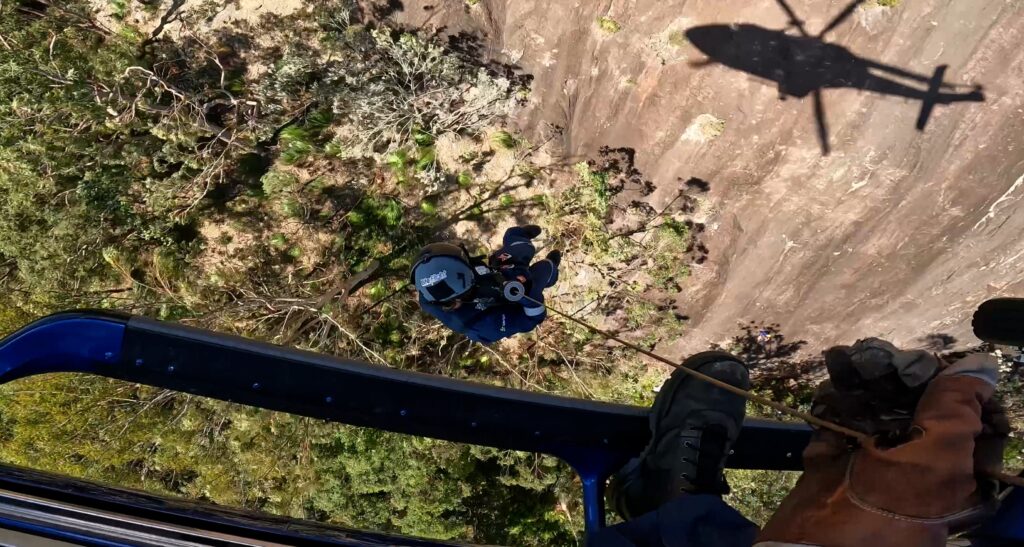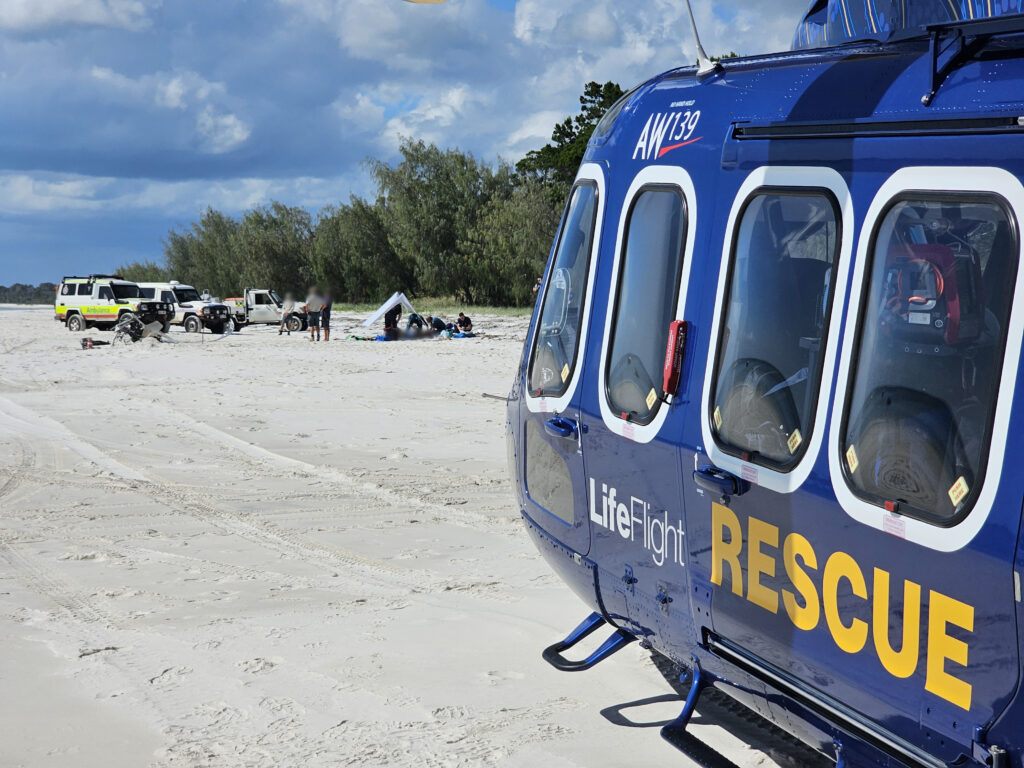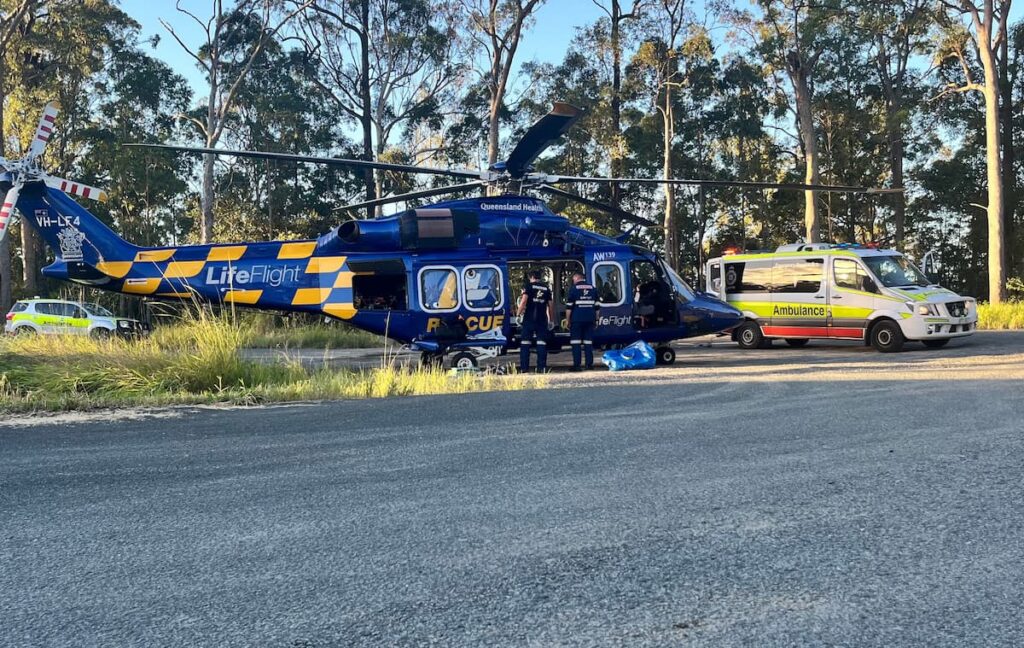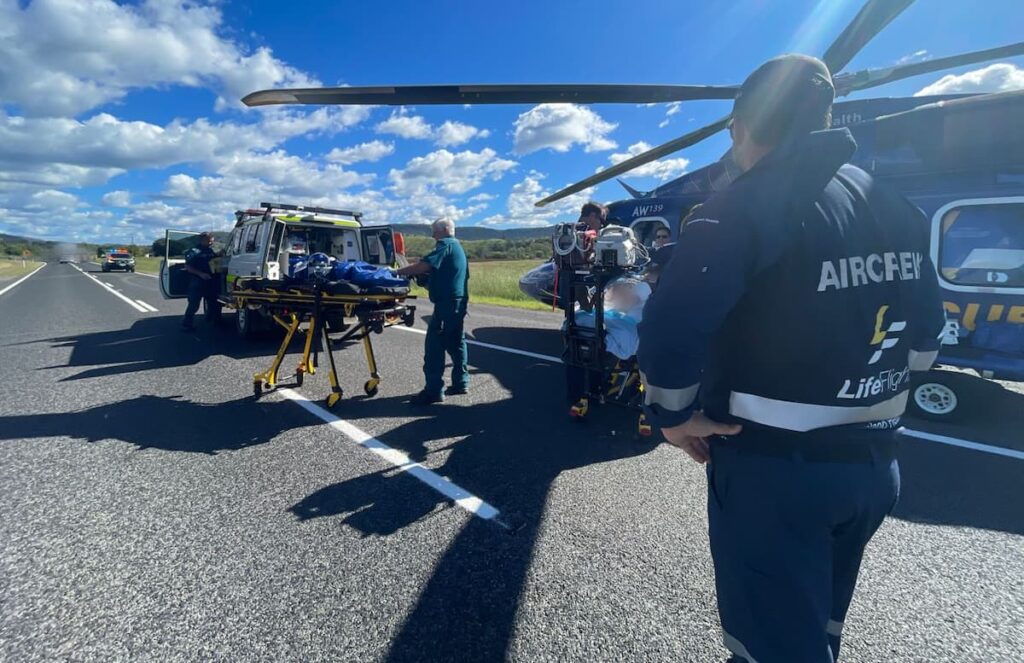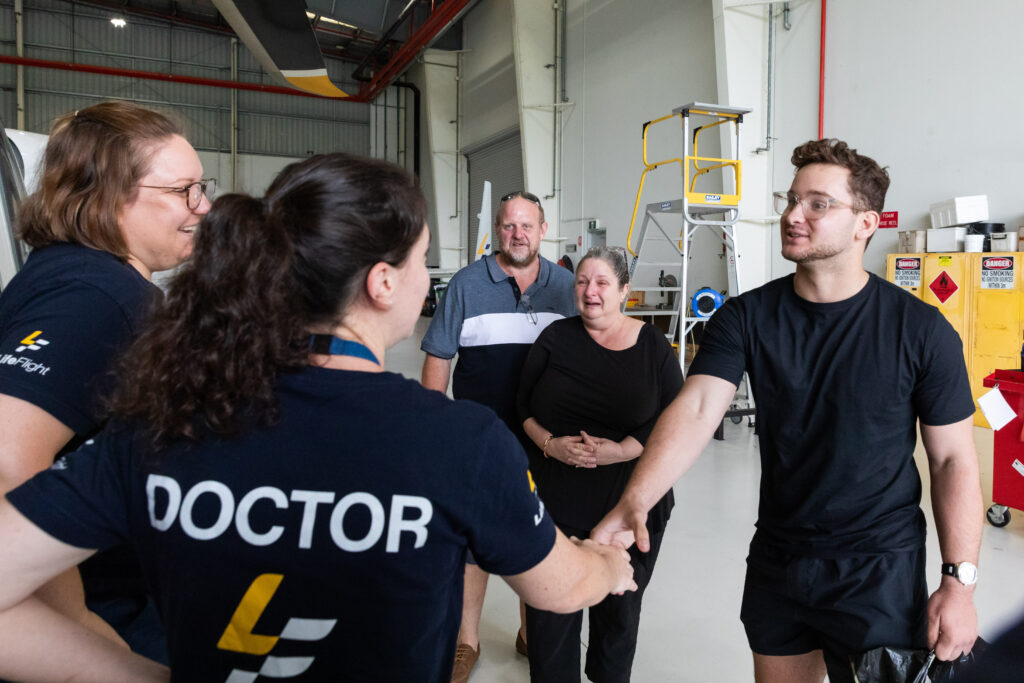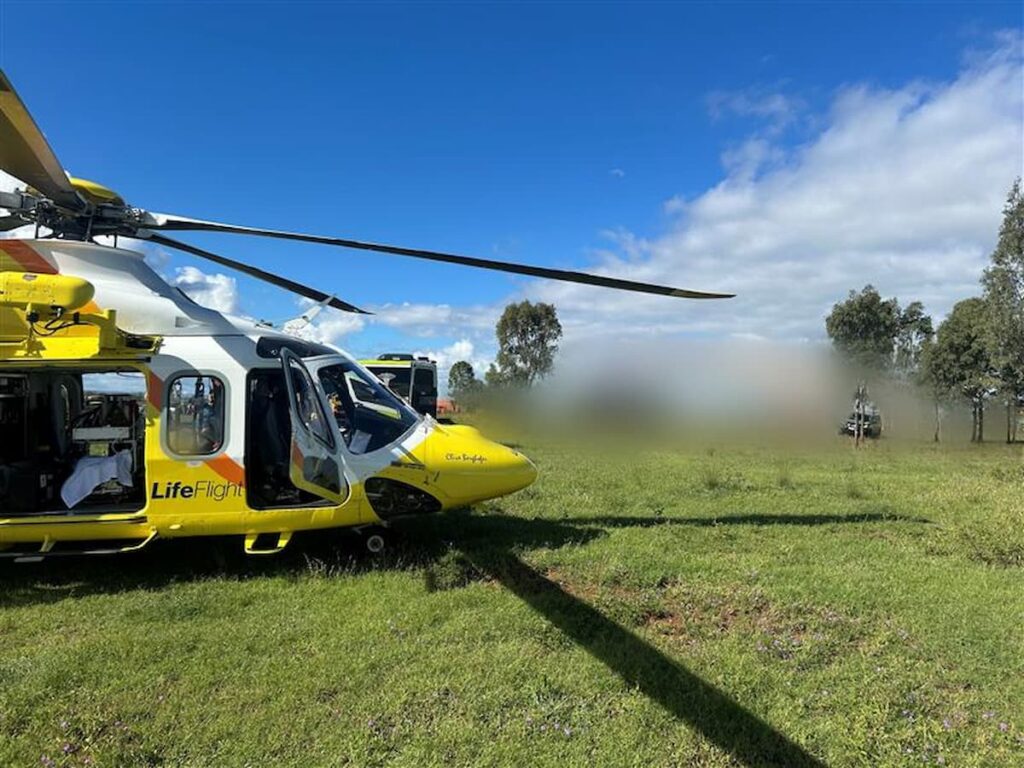RACQ LifeFlight Rescue crews are reminding Queenslanders to check and update their distress beacons, after the organisation’s statistics revealed one in four searches, this year, has been for false activations.
These included a search for an activated distress beacon, around the Brisbane River in April and in the most recent incident, a search was undertaken by the Bundaberg-based RACQ LifeFlight Rescue crew, on Tuesday (19 May).
The Australian Maritime Safety Authority tasked the rescue chopper, to investigate an area near Gympie, after an Emergency Locator Transmitter (ELT) was activated.
RACQ LifeFlight Rescue’s crew was able to narrow down the location of the EPIRB, to a private property.
Once the helicopter had landed, Bundaberg RACQ LifeFlight Rescue Pilot, Franco Bertoli, said the activated beacon was found inside a private aeroplane, which was parked in a hangar.
“It was an old ELT, operating on 121.5 MHz, which randomly went off,” he said.
“The batteries had actually expired in 2008.”
The Australian Maritime Safety Authority (AMSA) said beacons, with out-of-date batteries, can inadvertently activate.
Mr Bertoli said it’s a timely reminder for pilots to check and update their aircraft ELT.
“Ideally, pilots should have a 406 MHz beacon, or an appropriate ELT, attached to their aircraft.
“Make sure your beacon is fitted with GPS and can give search crews your exact location, should you need urgent assistance,” he said.
Mr Bertoli said there are several types of beacons, suited to different vehicles and vessels.
“If you have an old or out-of-date beacon, please get a new one and make sure you dispose of the old one, correctly.”
Several missions, this year, have led rescue crews to rubbish dumps, after beacons had been thrown away.
This includes a search by the Sunshine Coast RACQ LifeFlight Rescue crew, at the Noosa tip, in February.
“RACQ LifeFlight Rescue will always respond to distress calls, when tasked, because you never know who could be in trouble,” Mr Bertoli said.
“When buying a new beacon, whether for hiking, boating, motorbike riding, you should register the beacon with AMSA.
“It’s free and can be done online.”
Emergency contacts can be listed, during registration, to be used as an initial point of call, in an emergency.
AMSA has supported the call to action, reminding people to check the government’s website, for the most up-to-date information on the use and disposal of beacons.
AMSA website: www.amsa.gov.au/beacons





